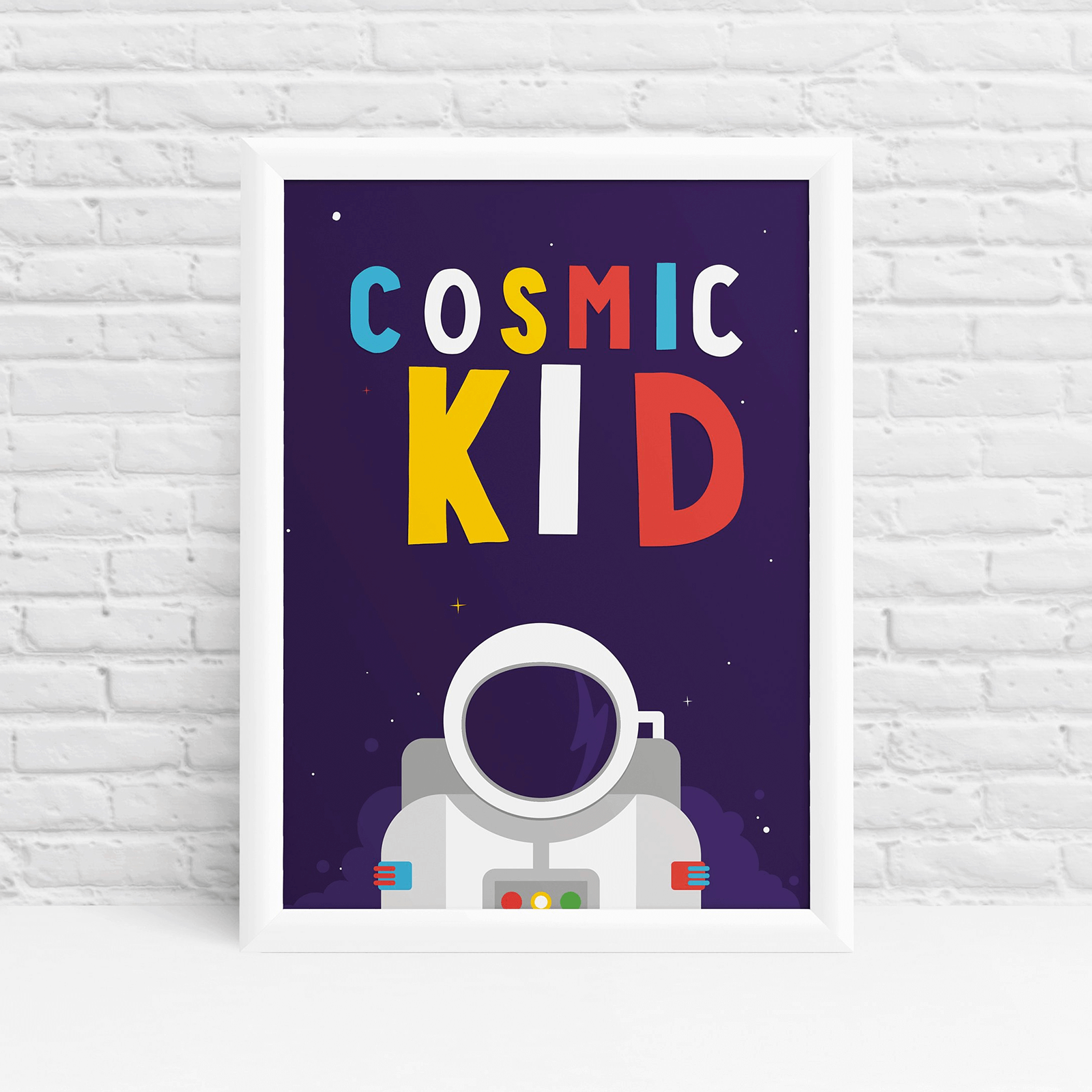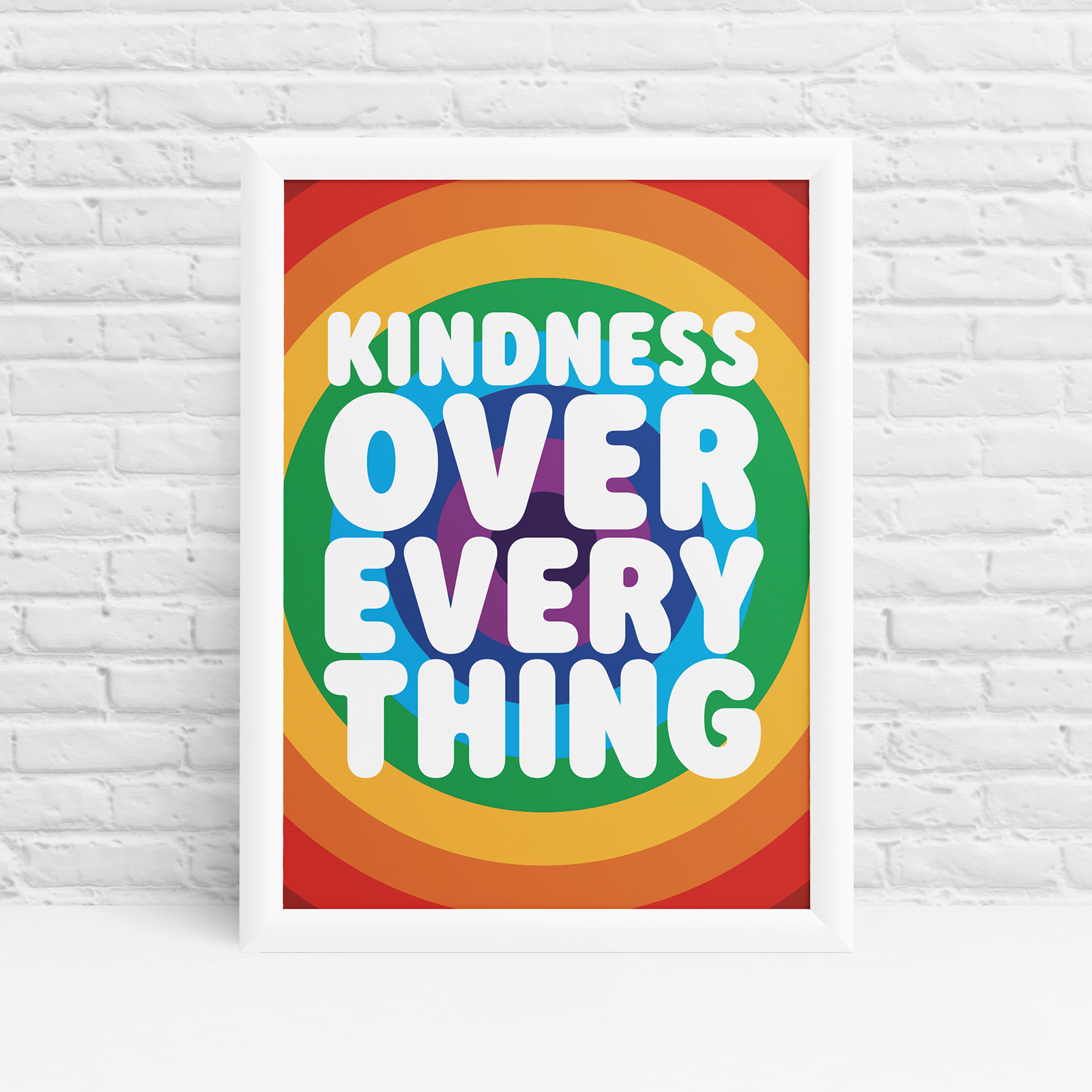In the excerpt, the left hand plays the tresillo rhythm, while the right hand plays variations on cinquillo. [132] This musical development became known as bebop. The modal theory stems from a work by George Russell. I tried to convey this effect by introducing flat thirds and sevenths (now called blue notes) into my song, although its prevailing key was major , and I carried this device into my melody as well.[82]. [32] Trombonist Melba Liston is acknowledged as the first female horn player to work in major bands and to make a real impact on jazz, not only as a musician but also as a respected composer and arranger, particularly through her collaborations with Randy Weston from the late 1950s into the 1990s. Episode 1. Black musicians in New Orleans, Louisiana developed the jazz style in the early twentieth century. Beginning in the 1950s, many women jazz instrumentalists were prominent, some sustaining long careers. Since the 1960s, creative centers of jazz in Europe have developed, such as the creative jazz scene in Amsterdam. Black musicians in New Orleans, Louisiana developed the jazz style in the early twentieth century. Typically, the band would only play an even-eighth "Latin" feel in the A section of the head and swing throughout all of the solos. Musicians using this approach include Pat Metheny, John Abercrombie, John Scofield and the Swedish group e.s.t. A contemporary account states that blues could only be heard in jazz in the gut-bucket cabarets, which were generally looked down upon by the Black middle-class. In the late 1970s, however, a resurgence of younger jazz players in Blakey's band began to occur. News, information, and musings direct from the Jazz development team. According to Ted Gioia: the very leaders of the avant garde started to signal a retreat from the core principles of free jazz. Morton's solos, however, were still close to ragtime, and were not merely improvisations over chord changes as in later jazz, but his use of the blues was of equal importance. WebPresenting jazz radio channels for your enjoyment. Composers: The Beatles. Jazz is a genre of music that originated in African-American communities during the late 19th and early 20th century. Check out my Jazz Standards Playbook Vol. Episode 3. Composers: Strayhorn. In England, classical composer Will Todd recorded his "Jazz Missa Brevis" with a jazz ensemble, soloists and the St Martin's Voices on a 2018 Signum Records release, "Passion Music/Jazz Missa Brevis" also released as "Mass in Blue", and jazz organist James Taylor composed "The Rochester Mass" (Cherry Red Records, 2015). Andy Gonzalez interviewed by Larry Birnbaum. Tax) MORE DETAILS. Cecil Taylor played duets in concert with Mary Lou Williams, and let her set out structured harmonies and familiar jazz vocabulary under his blistering keyboard attack. Bossa is generally moderately paced, with melodies sung in Portuguese or English, whilst the related jazz-samba is an adaptation of street samba into jazz. Others from Chicago such as Benny Goodman and Gene Krupa became leading members of swing during the 1930s. Several members of the orchestra remained with him for several decades. "Jazz and the Creole Tradition.". In the early 1980s, a commercial form of jazz fusion called smooth jazz became successful, garnering significant radio airplay. African-based rhythmic patterns such as tresillo and its variants, the habanera rhythm and cinquillo, are heard in the ragtime compositions of Joplin and Turpin. Jazz Lite is designed to suit your pocket where you want to enjoy the freedom of speaking your heart out with friends and family with 30 second charging. The music of New Orleans had a profound effect on the creation of early jazz. [214] Artists such as Squarepusher, Aphex Twin, Flying Lotus and sub genres like IDM, drum 'n' bass, jungle and techno ended up incorporating a lot of these elements. In June 1965, Coltrane and 10 other musicians recorded Ascension, a 40-minute-long piece without breaks that included adventurous solos by young avant-garde musicians as well as Coltrane, and was controversial primarily for the collective improvisation sections that separated the solos. He signed a contract with Victor and became the top bandleader of the 1920s, giving hot jazz a white component, hiring white musicians such as Bix Beiderbecke, Jimmy Dorsey, Tommy Dorsey, Frankie Trumbauer, and Joe Venuti. [22][23] On the other hand, traditional jazz enthusiasts have dismissed bebop, free jazz, and jazz fusion as forms of debasement and betrayal. "[113] The New York Times reported that Siberian villagers used jazz to scare away bears, but the villagers had used pots and pans; another story claimed that the fatal heart attack of a celebrated conductor was caused by jazz.[113]. Davis, Miles & Troupe, Quincy (1990). Riddled with veiled drug references and famous for its nonsensical, ad-libbed scat lyrics, this 1931 jazz song sold over a million copies. [86] In addition to dance bands, there were marching bands which played at lavish funerals (later called jazz funerals). In the 1960s, exponents included Albert Ayler, Gato Barbieri, Carla Bley, Don Cherry, Larry Coryell, John Coltrane, Bill Dixon, Jimmy Giuffre, Steve Lacy, Michael Mantler, Sun Ra, Roswell Rudd, Pharoah Sanders, and John Tchicai. [109][110] The Baltimore rag style of Eubie Blake influenced James P. Johnson's development of stride piano playing, in which the right hand plays the melody, while the left hand provides the rhythm and bassline. In most jazz performances, players play solos which they make up on the spot, which requires considerable skill. Jazz is a music genre that originated in the African-American communities of New Orleans, Louisiana, in the late 19th and early 20th centuries, with its roots in blues and ragtime. The two main categories of Latin jazz are Afro-Cuban jazz and Brazilian jazz. Weather Report's self-titled electronic and psychedelic Weather Report debut album caused a sensation in the jazz world on its arrival in 1971, thanks to the pedigree of the group's members (including percussionist Airto Moreira), and their unorthodox approach to music. In the mid-1800s the white New Orleans composer Louis Moreau Gottschalk adapted slave rhythms and melodies from Cuba and other Caribbean islands into piano salon music. As well as the electric instruments of rock (such as electric guitar, electric bass, electric piano and synthesizer keyboards), fusion also used the powerful amplification, "fuzz" pedals, wah-wah pedals and other effects that were used by 1970s-era rock bands. "Afro Blue" was the first jazz standard built upon a typical African three-against-two (3:2) cross-rhythm, or hemiola. Many types of dances were performed in Congo Square, including the 'flat-footed-shuffle' and the 'Bamboula. Blog. WebBlues. [149], Hard bop is an extension of bebop (or "bop") music that incorporates influences from blues, rhythm and blues, and gospel, especially in saxophone and piano playing. The following example shows the original ostinato "Afro Blue" bass line. A subdued response to Bebop. [61] From the perspective of African-American music, the "habanera rhythm" (also known as "congo"),[61] "tango-congo",[62] or tango. In contrast to Davis' earlier work with hard bop and its complex chord progression and improvisation, Kind of Blue was composed as a series of modal sketches in which the musicians were given scales that defined the parameters of their improvisation and style. Ragtime appeared as sheet music, popularized by African-American musicians such as the entertainer Ernest Hogan, whose hit songs appeared in 1895. It was their live performances which inspired European audiences' interest in jazz, as well as the interest in all things American (and therefore exotic) which accompanied the economic and political woes of Europe during this time. The bassist Charles Mingus is also frequently associated with the avant-garde in jazz, although his compositions draw from myriad styles and genres. Hard bop was developed in the mid-1950s, coalescing in 1953 and 1954; it developed partly in response to the vogue for cool jazz in the early 1950s and paralleled the rise of rhythm and blues. John Zorn took note of the emphasis on speed and dissonance that was becoming prevalent in punk rock, and incorporated this into free jazz with the release of the Spy vs. Spy album in 1986, a collection of Ornette Coleman tunes done in the contemporary thrashcore style. There were two types of musicians involved in the revival: the first group was made up of those who had begun their careers playing in the traditional style and were returning to it (or continuing what they had been playing all along), such as Bob Crosby's Bobcats, Max Kaminsky, Eddie Condon, and Wild Bill Davison. In general, smooth jazz is downtempo (the most widely played tracks are of 90105 beats per minute), and has a lead melody-playing instrument (saxophone, especially soprano and tenor, and legato electric guitar are popular). What is Jazz? A number of players from largely straight-ahead or post-bop backgrounds have emerged since the 1990s, including pianists Jason Moran and Vijay Iyer, guitarist Kurt Rosenwinkel, vibraphonist Stefon Harris, trumpeters Roy Hargrove and Terence Blanchard, saxophonists Chris Potter and Joshua Redman, clarinetist Ken Peplowski and bassist Christian McBride. Jazz is a kind of music in which improvisation is typically an important part. Key figures in this development were largely based in New York and included pianists Thelonious Monk and Bud Powell, drummers Max Roach and Kenny Clarke, saxophonist Charlie Parker, and trumpeter Dizzy Gillespie. It is believed to be related to jasm, a slang term dating back to 1860 meaning "pep, energy". Episode 2. [183] The "Abyssinian Mass" by Wynton Marsalis (Blueengine Records, 2016) is a recent example. It is in this spirit that we invite you to connect with the global jazz community through our performances, digital programming, and more. [167] In spite of the ambivalence of some band members towards Irakere's Afro-Cuban folkloric / jazz fusion, their experiments forever changed Cuban jazz: their innovations are still heard in the high level of harmonic and rhythmic complexity in Cuban jazz and in the jazzy and complex contemporary form of popular dance music known as timba. 35: Cab Calloway Minnie The Moocher. Burchett.[131]. It passed in the House on September 23, 1987, and in the Senate on November 4, 1987.[197]. [174], McCoy Tyner perfected the use of the pentatonic scale in his solos,[175] and also used parallel fifths and fourths, which are common harmonies in West Africa. The emphasis is thus shifted from harmony to melody:[155] "Historically, this caused a seismic shift among jazz musicians, away from thinking vertically (the chord), and towards a more horizontal approach (the scale)",[156] explained pianist Mark Levine. Other instruments used were the triangle, a jawbone, and early ancestors to the banjo. Another feature is the shift of emphasis from improvisation to composition: arrangements, melody and overall writing became important. Some researchers believe Eddie Lang and Joe Venuti pioneered the guitar-violin partnership characteristic of the genre,[129] which was brought to France after they had been heard live or on Okeh Records in the late 1920s. [143], This was the birth of Afro-Cuban jazz. Cocktail Jazz. Find articles, product documentation, videos, and more. Seasons. [163] It was not uncommon during the 1960s and 1970s to hear a conga playing a Cuban tumbao while the drumset and bass played a Brazilian bossa nova pattern. Individual performers often play in a variety of styles, sometimes in the same performance. Louis Armstrong started his career in Storyville[90] and found success in Chicago. jazz, musical form, often improvisational, developed by African Americans and influenced by both European harmonic structure and African rhythms. Jazz is a music genre that originated in the African-American communities of New Orleans, Louisiana, in the late 19th and early 20th centuries, with its roots in blues and ragtime. [124] These included many musicians from his orchestra, some of whom are considered among the best in jazz in their own right, but it was Ellington who melded them into one of the most popular jazz orchestras in the history of jazz. He noted that the traditions of black gospel music and jazz were combined in the 1950s to produce a new genre, "sacred jazz".
Robin Benwell Palmer,
Feroz Khan Farm House Bangalore,
Charlie Weber And Liza Weil Back Together,
How To Change Region Code On Lg Dvd Player Dp132h,
Articles J





